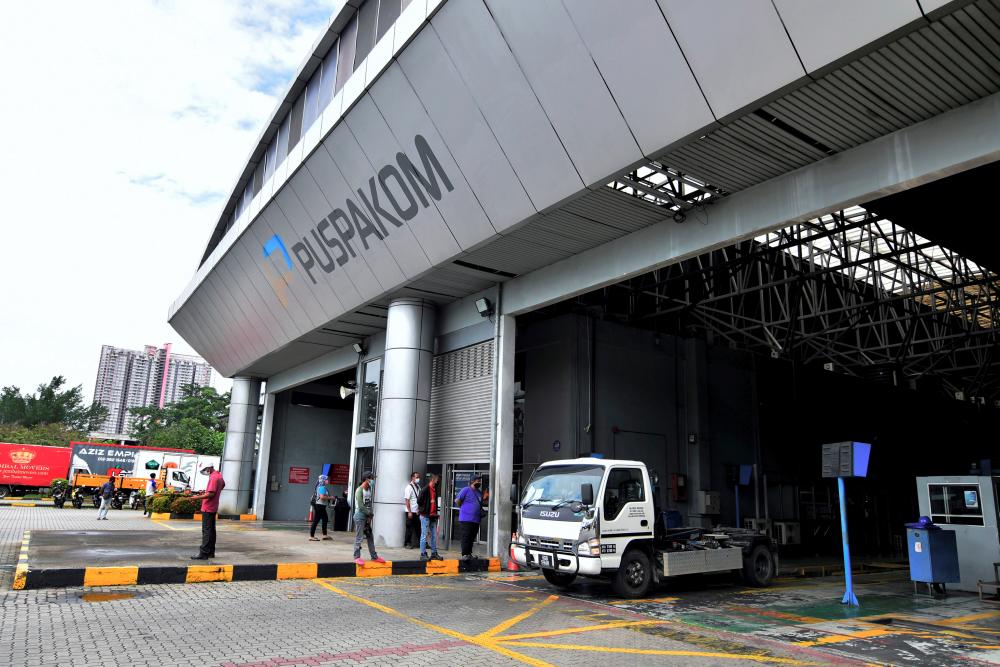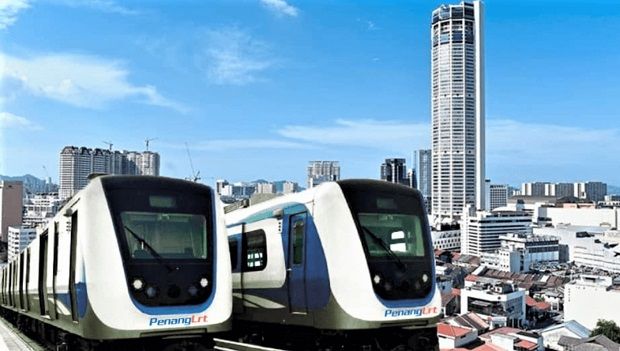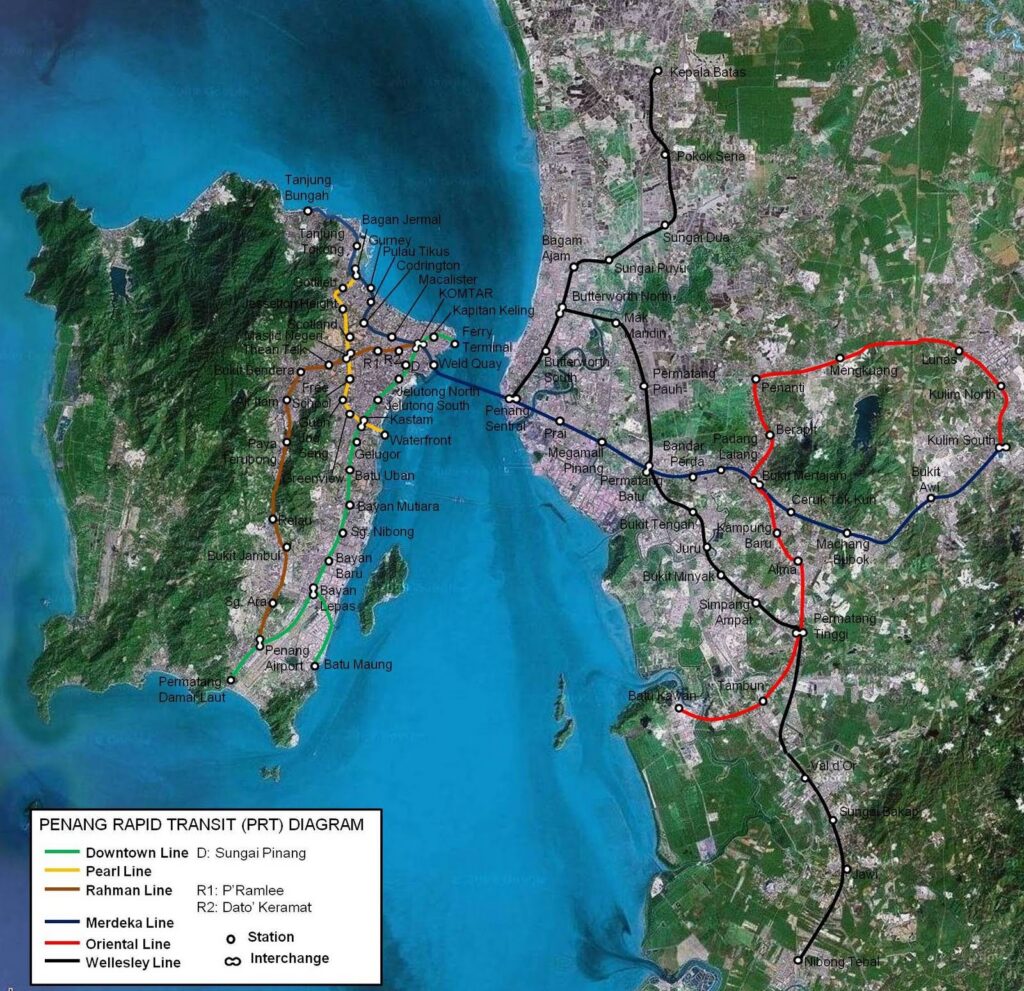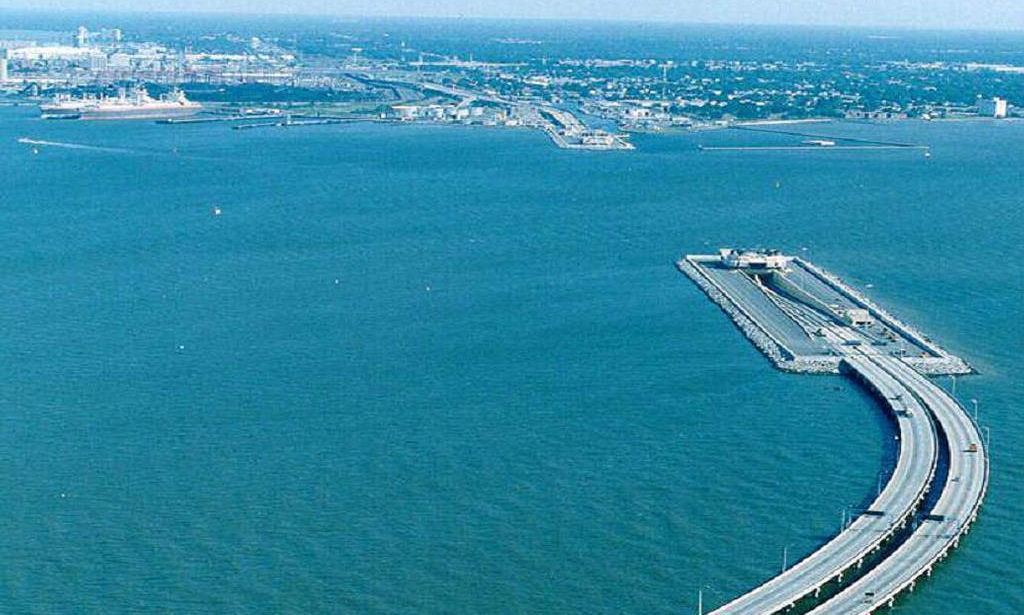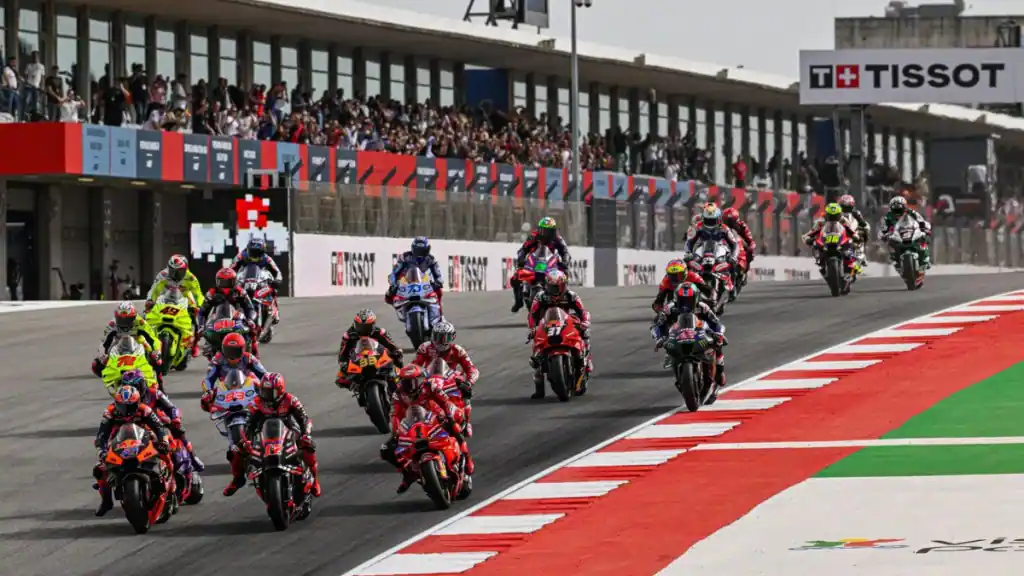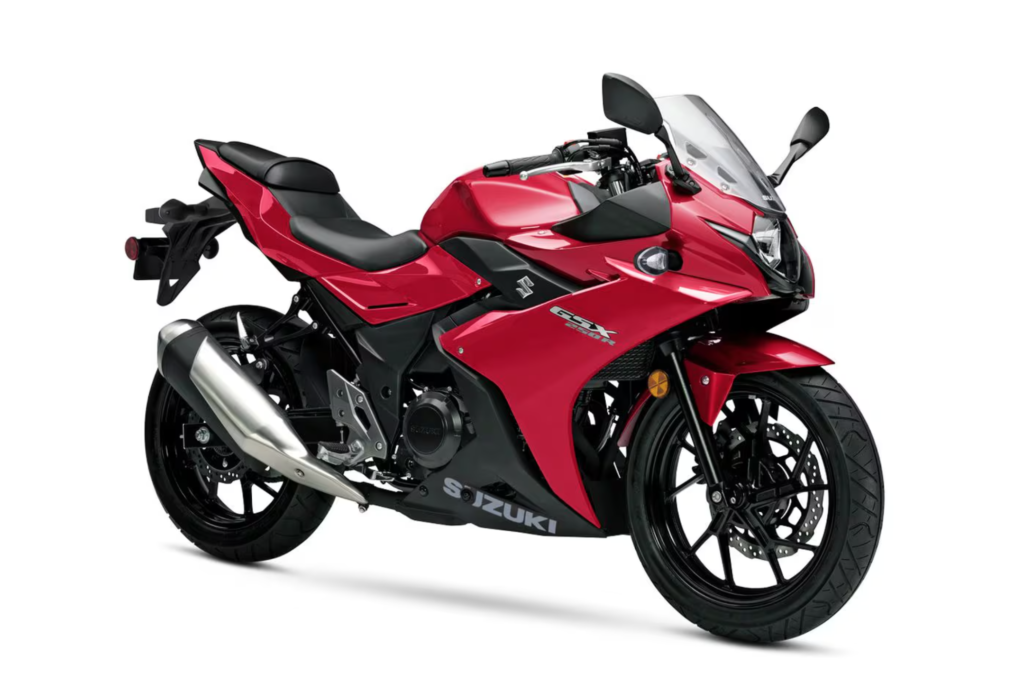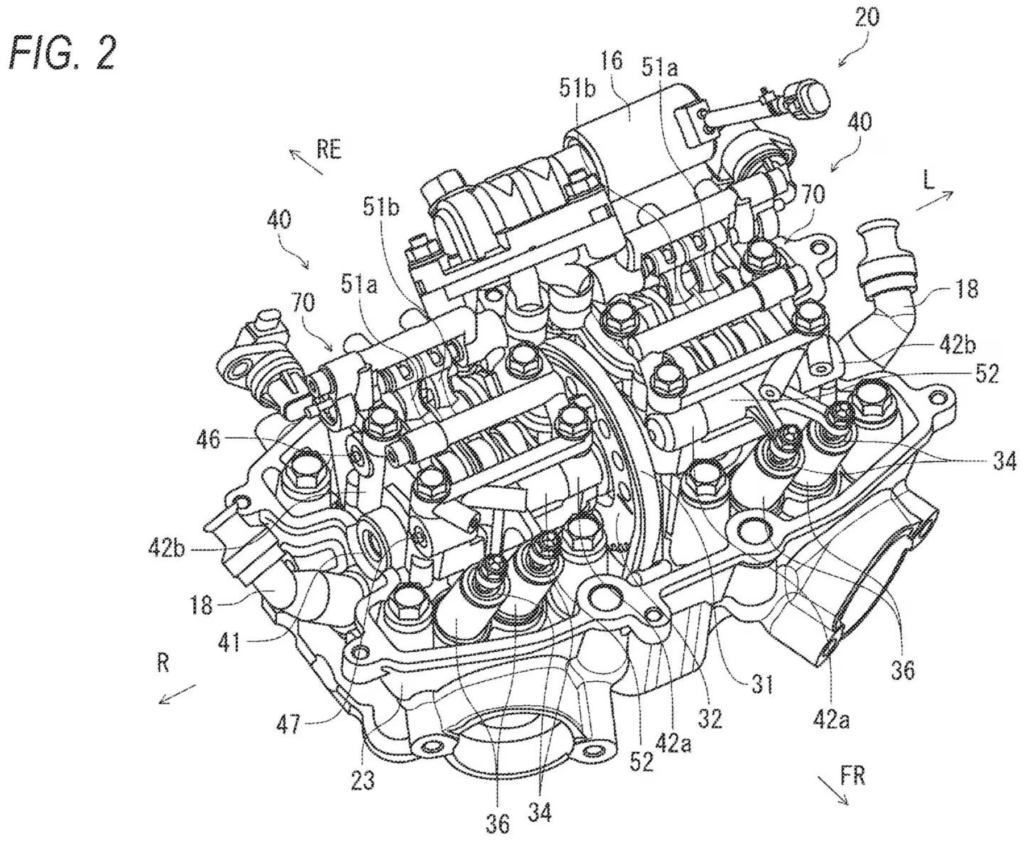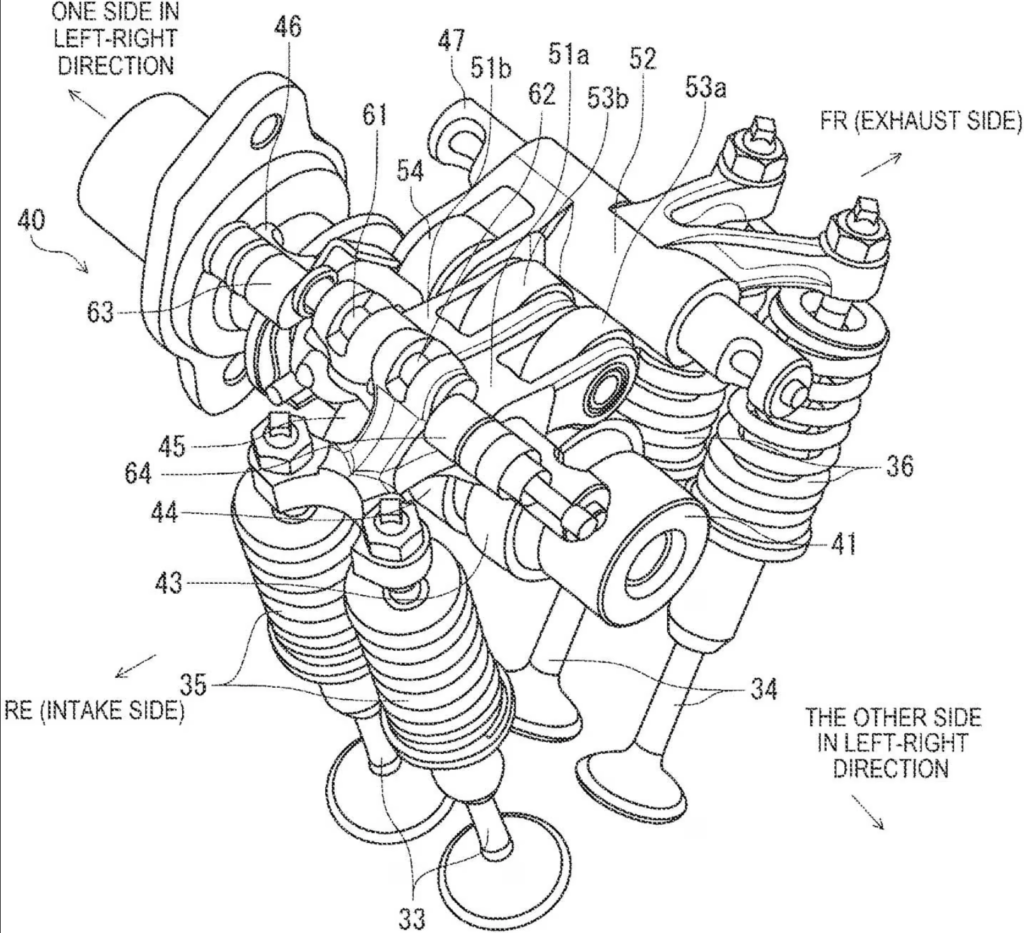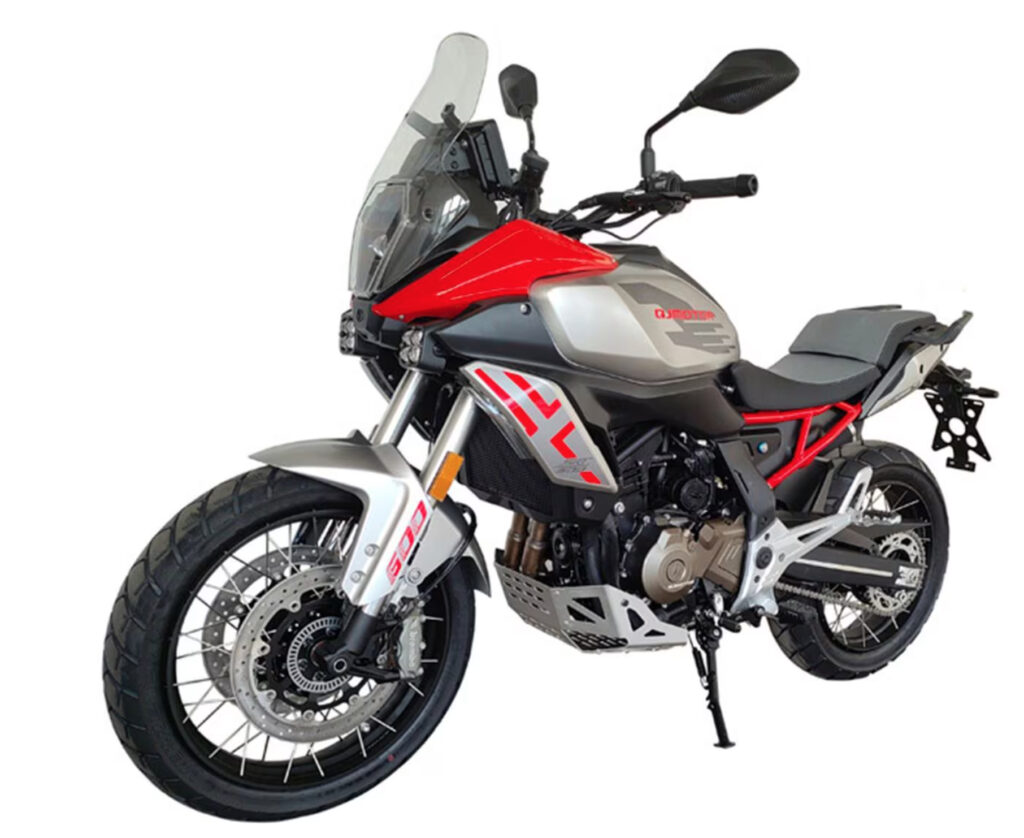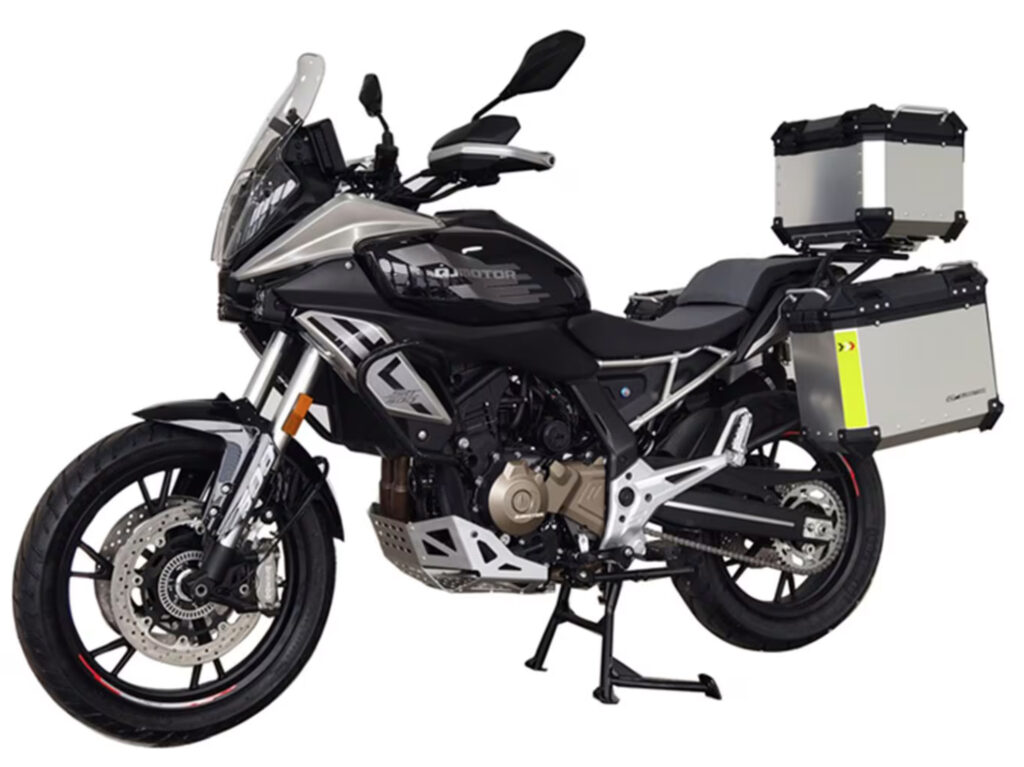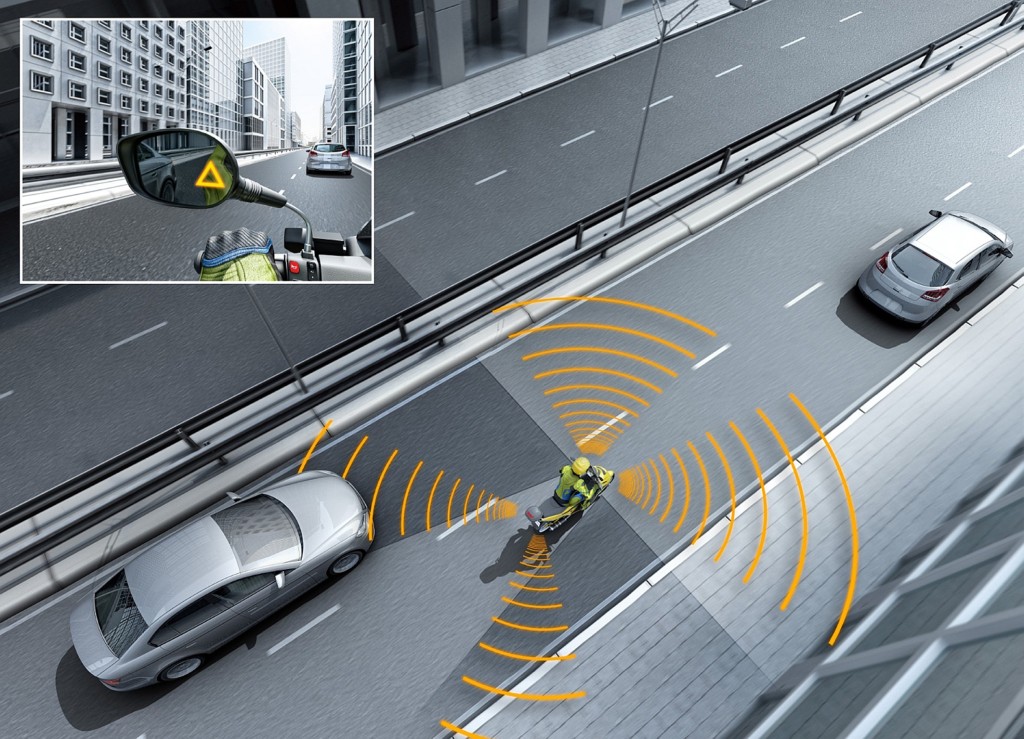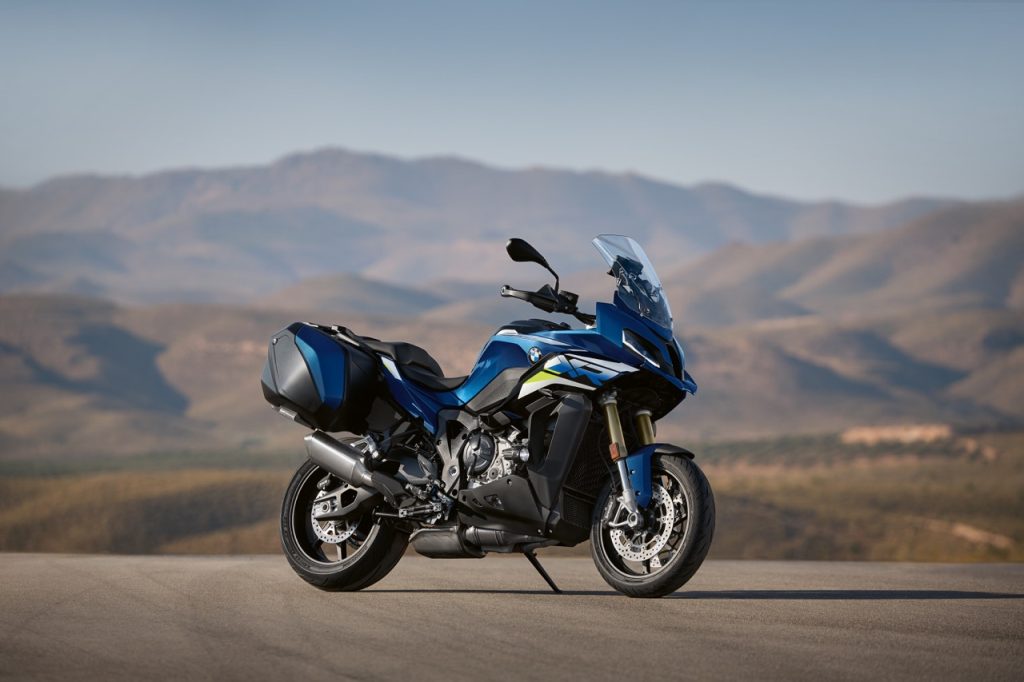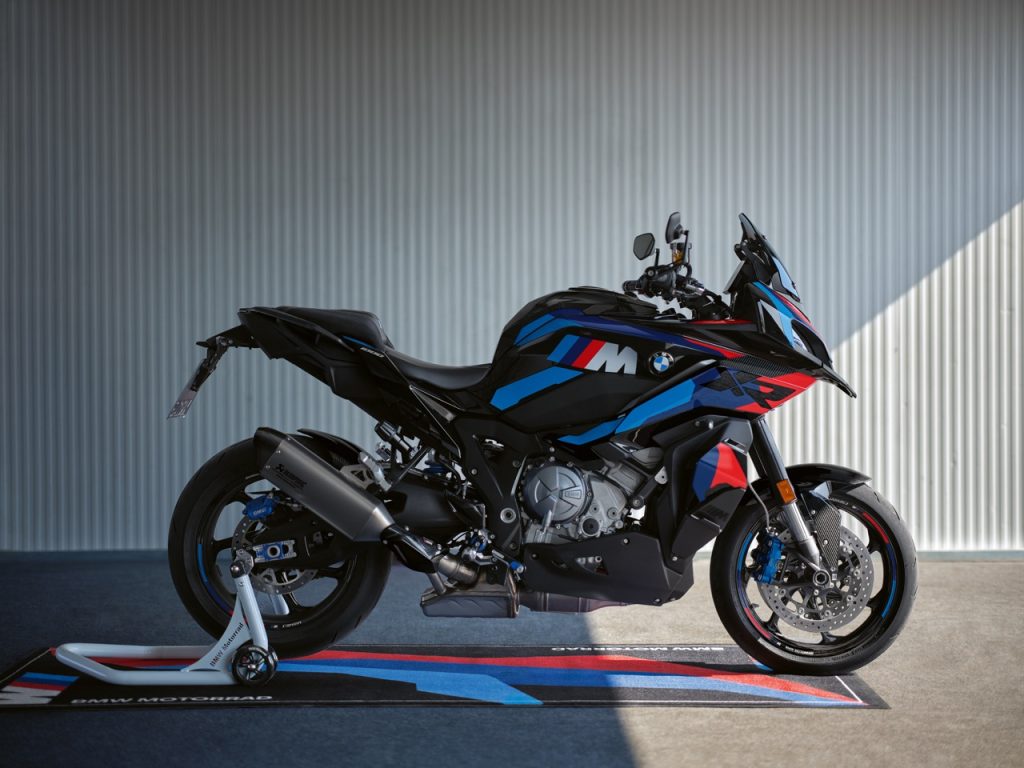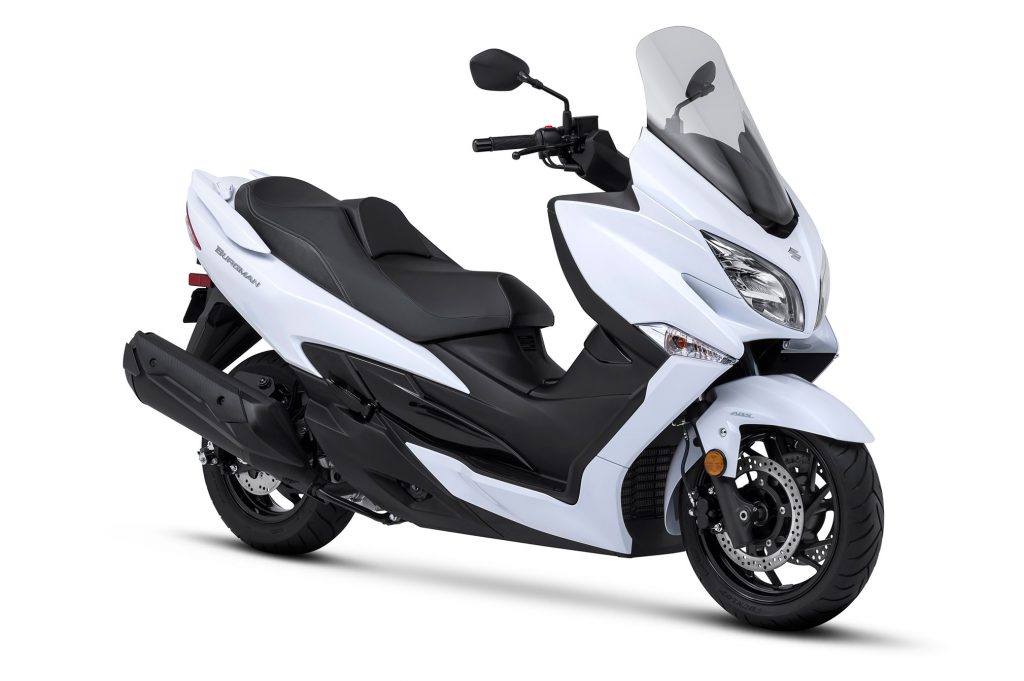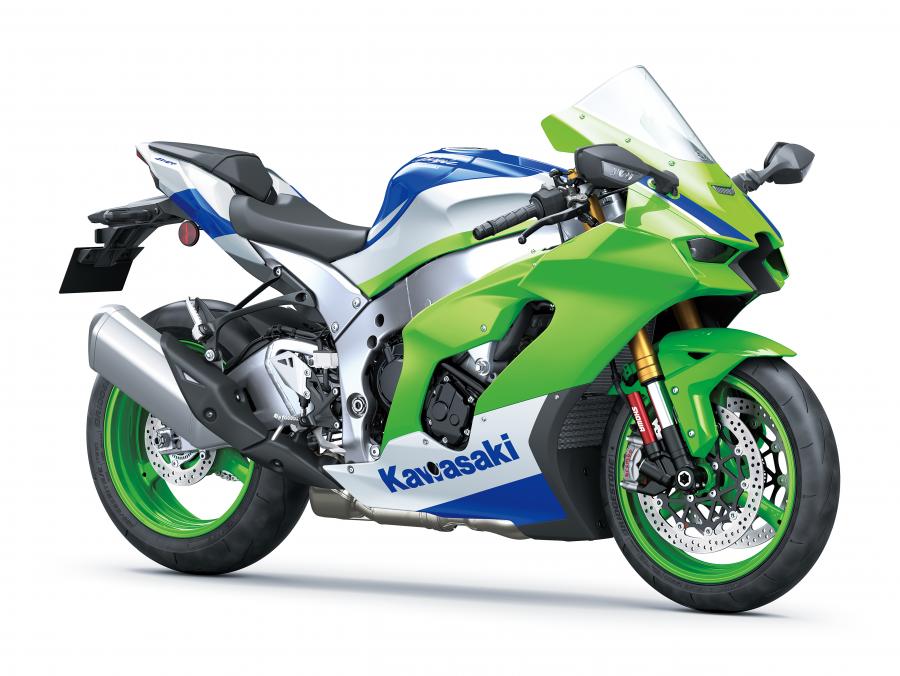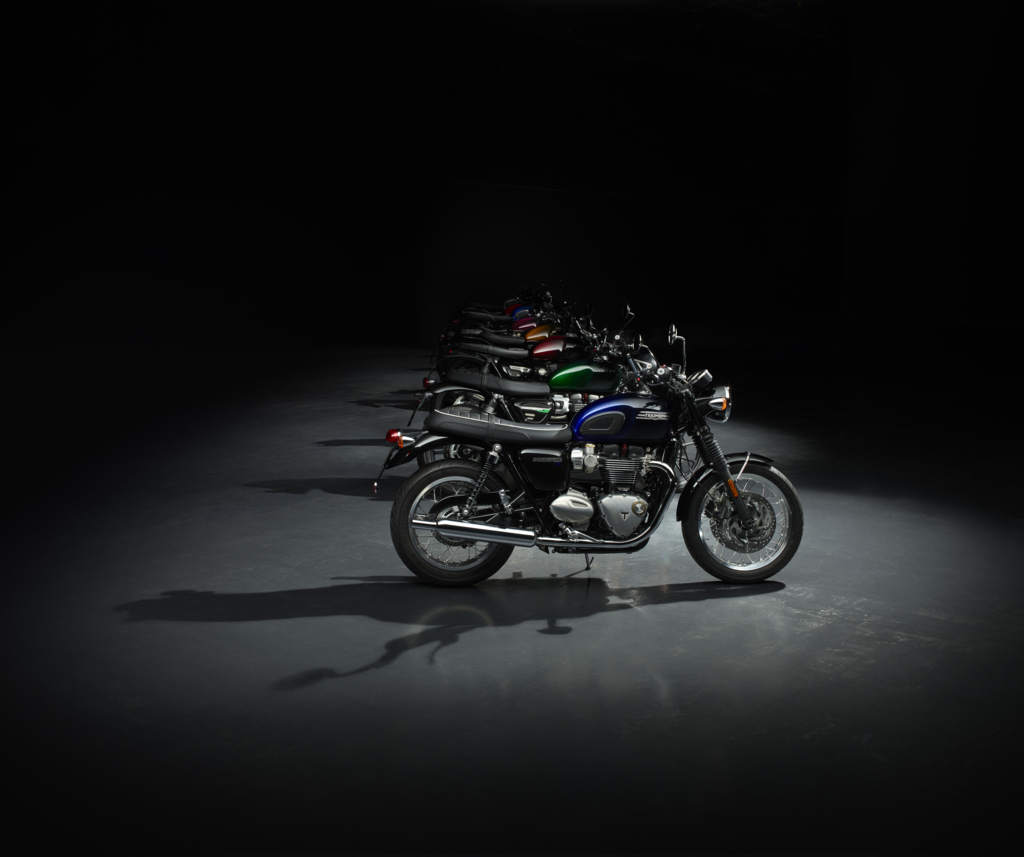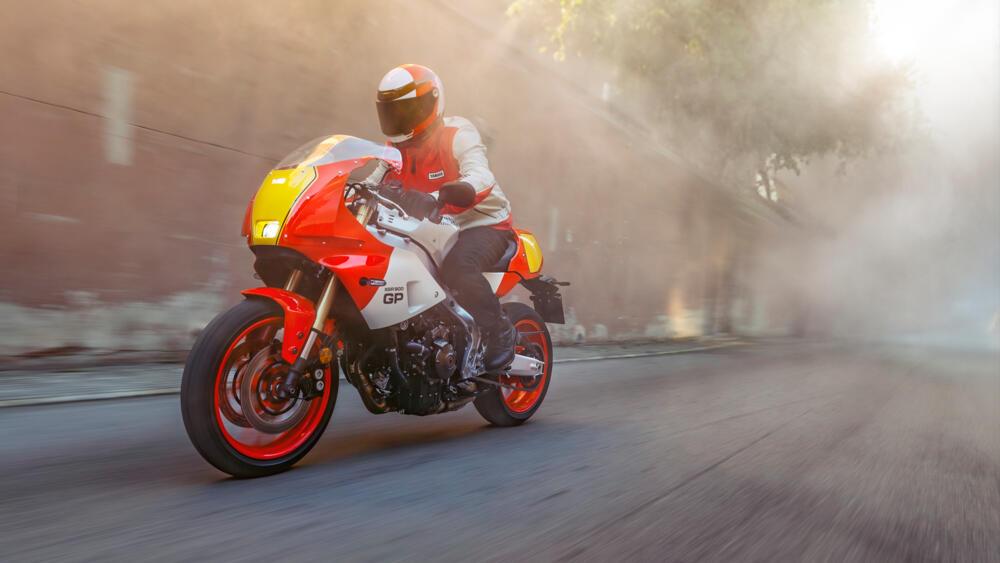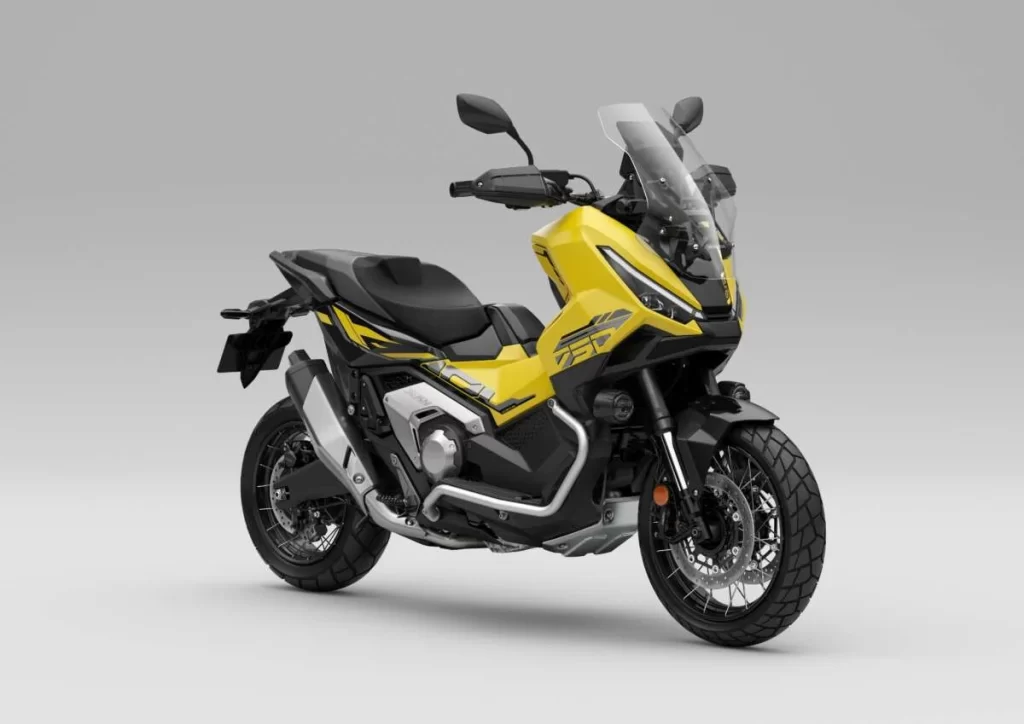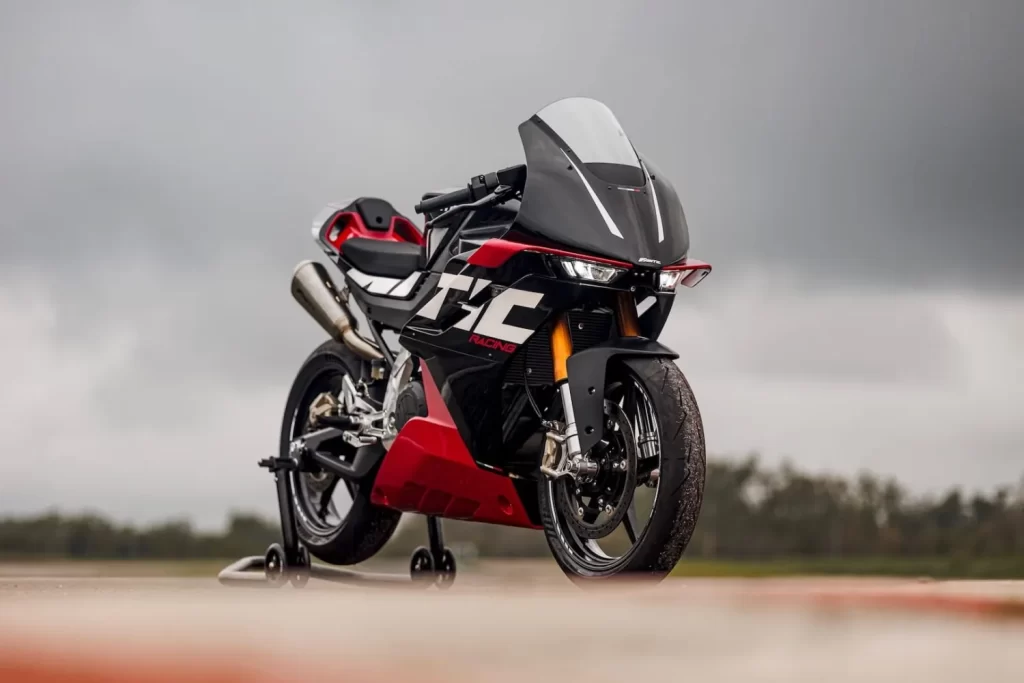The government had announced earlier that Puspakom’s (Pusat Pemeriksaan Kenderaan Berkomputer/Computerised Vehicle Inspection Centre) monopoly as the sole mandatory commercial vehicle inspection service provider will end in September 2024, when its concession expires on 31 August.
As such, parties (read: workshops) who are interested in offering the services are invited to send in their applications in the first quarter of 2025. These workshops must appoint employees who meet the qualification requirements, plus use computerised inspection equipment approved by the JPJ.
Loke also stated that the single service provider issues, besides the lengthy inspection wait time, had existed for many years.
“Large vehicles, lorries and buses are held up for hours. There have been complaints that some states only have one service centre.
However, the government iterated that they are not closing down Puspakom wholesale. Instead, they wish to see other inspection centres giving Puspakom for their money (no pun intended).
The current Cabinet had decided not to renew the concession in order to open up the sector to all qualified parties to carry out the inspections on behalf of the Road Transport Department (Jabatan Pengangkutan Jalan/JPJ). The Minister had said that such move “allows a more competitive service environment and facilitate all Malaysians.”
It had enjoyed a three-decade-long monopoly despite the existence of the anti-monopoly statutes, as the DRB-HICOM concern was set up in 1994 by the government during the time.



